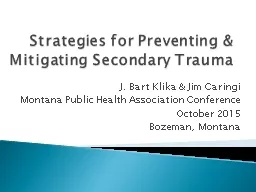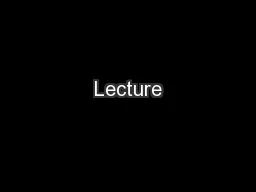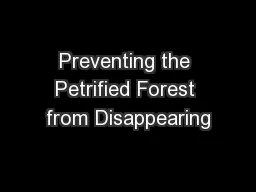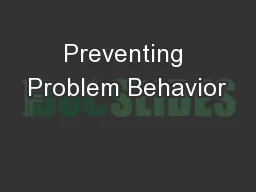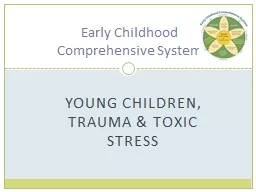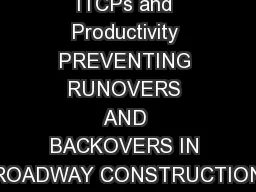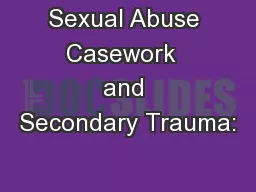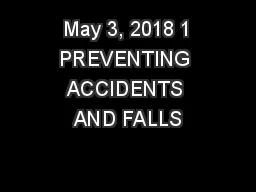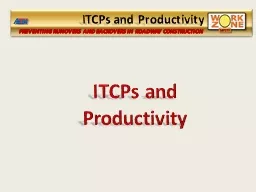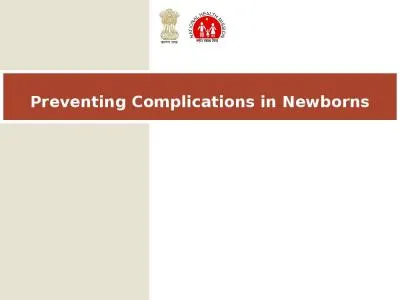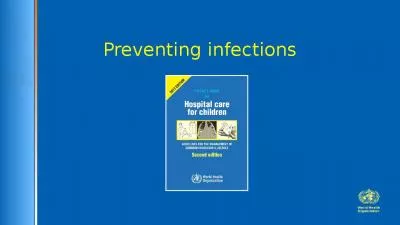PPT-Strategies for Preventing & Mitigating Secondary Trauma
Author : calandra-battersby | Published Date : 2019-10-31
Strategies for Preventing amp Mitigating Secondary Trauma J Bart Klika amp Jim Caringi Montana Public Health Association Conference October 2015 Bozeman Montana
Presentation Embed Code
Download Presentation
Download Presentation The PPT/PDF document "Strategies for Preventing & Mitigati..." is the property of its rightful owner. Permission is granted to download and print the materials on this website for personal, non-commercial use only, and to display it on your personal computer provided you do not modify the materials and that you retain all copyright notices contained in the materials. By downloading content from our website, you accept the terms of this agreement.
Strategies for Preventing & Mitigating Secondary Trauma: Transcript
Download Rules Of Document
"Strategies for Preventing & Mitigating Secondary Trauma"The content belongs to its owner. You may download and print it for personal use, without modification, and keep all copyright notices. By downloading, you agree to these terms.
Related Documents

